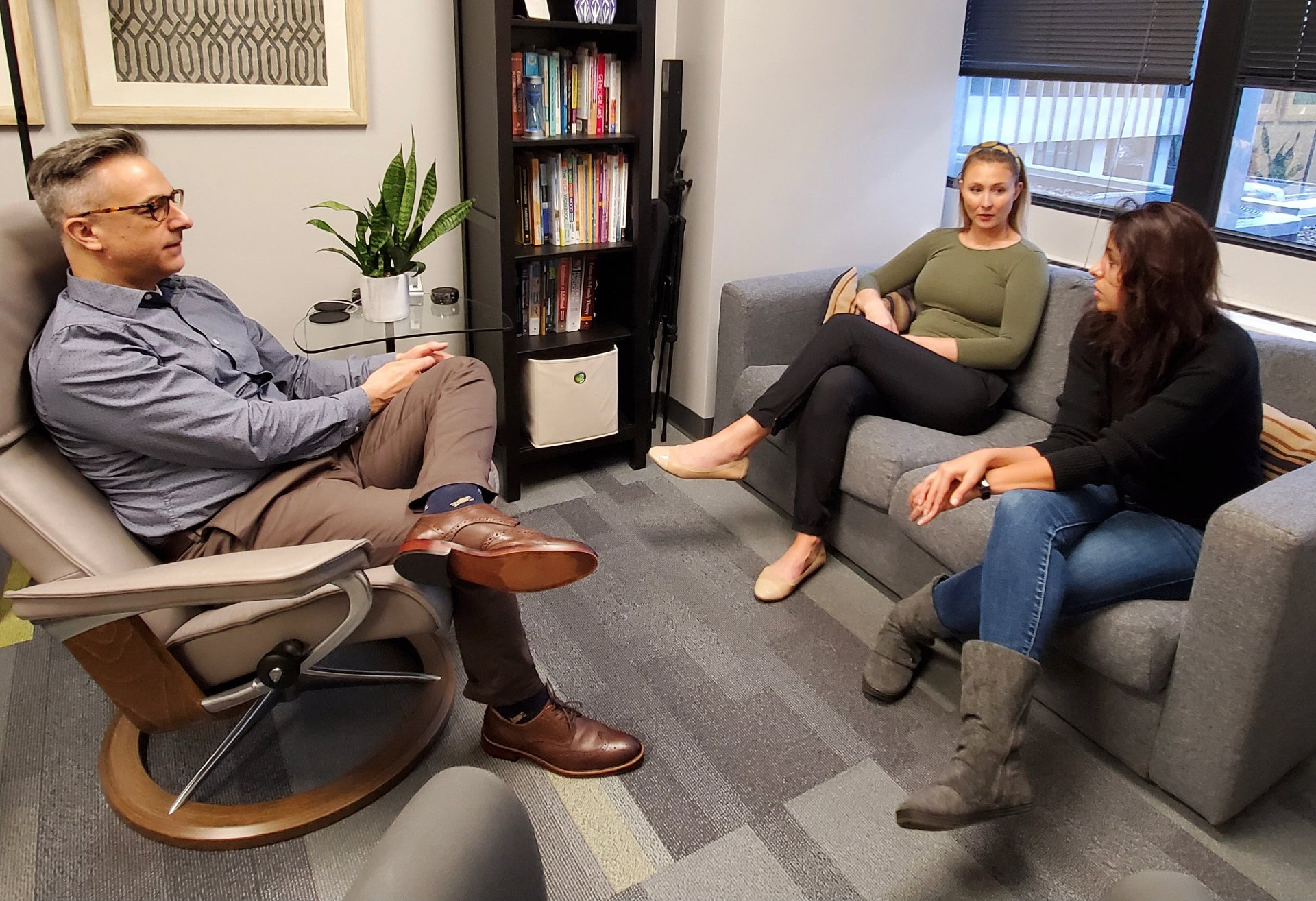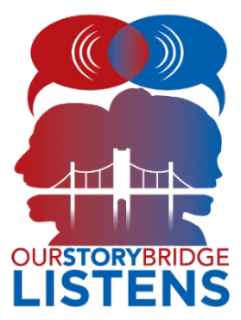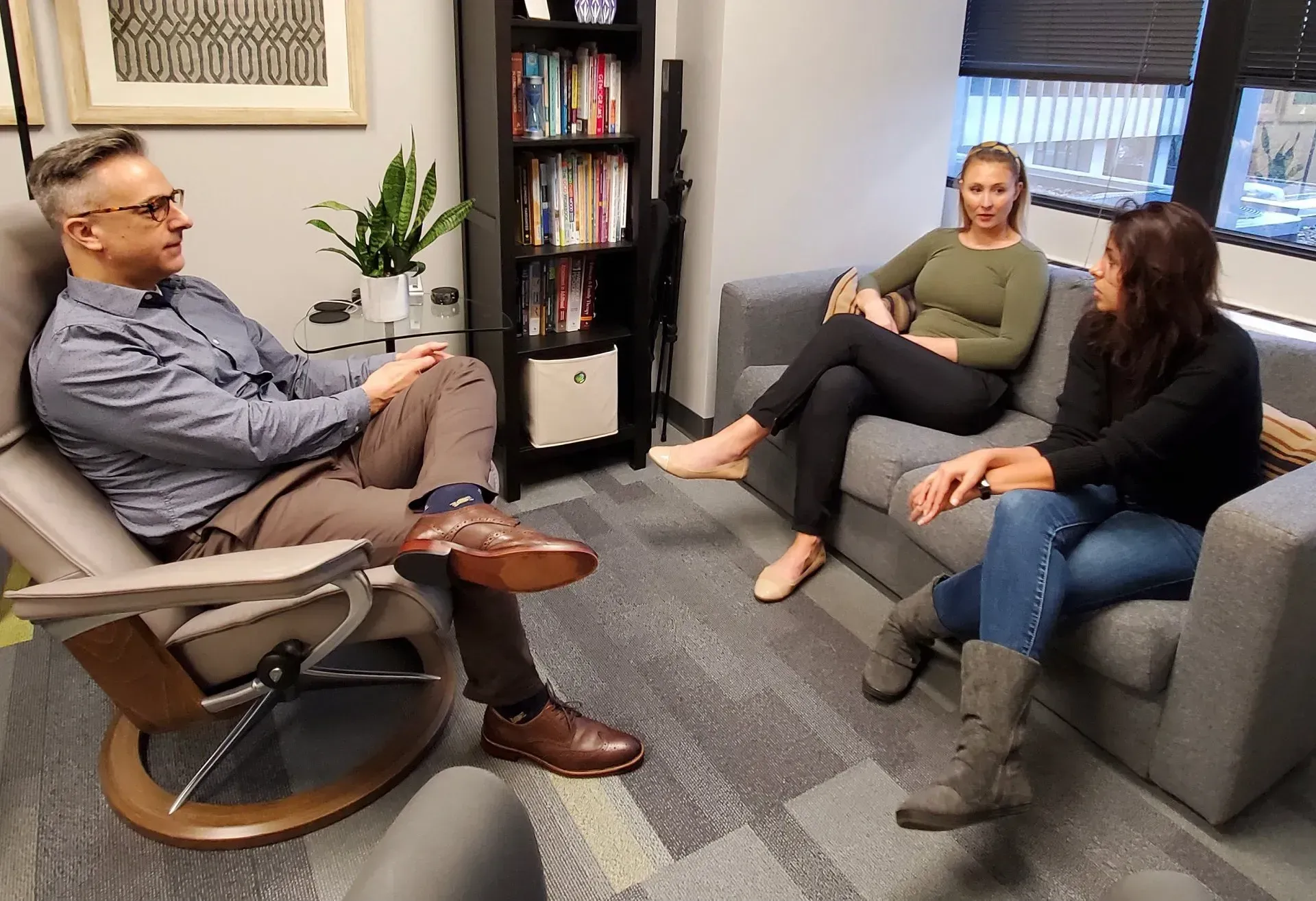Foster new meaning out of life struggles with Schema Therapy
HVD Studios LLC • May 12, 2021

Schema Therapy was developed by
Jeffrey Young
for conditions that did not respond well to traditional forms of psychotherapy.
Young recognized that if any of the 5 core needs, which include:
- secure attachment
- Autonomy
- freedom to express valid needs and emotions
- spontaneity and play, and
- realistic limits and self-control
For those reading this and trying to understand, schemas are enduring ways of thinking about oneself, others, and the world in general.
We all have a unique mix of schemas that are both healthy and problematic. If the problematic schemas are severe they can lead to chronic life problems across many life domains (including relationships, work/school functioning, self-confidence, and sense of self).
The effectiveness of Schema Therapy resides in many of its healing components, including the felt relational connection with the therapist through "limited reparenting" and "empathic confrontation" as well as experiential techniques such as imagery re-scripting and transformational chair work.
Over time, healthy coping strategies are developed, schemas gradually become less triggering, and emotions and life challenges are more easily managed.
A good introduction to Schema Therapy is the self-help book
"Reinventing Your Life: The Breakthrough Program to End Negative Behavior and Feel Great Again"
by Jeffrey Young, PhD.
I am an
Advanced Certified Schema Therapist, Supervisor and Trainer
and am a member of the
International Society of Schema Therapy
.
If you find this information helpful, please click the share button below. If you feel any connection to this article, please feel free to contact Paul DelGrosso and consider subscribing to his email club (below).
If you find this information helpful, please click the share button below. If you feel any connection to this article, please feel free to contact Paul DelGrosso and consider subscribing to his email club (below).
Do you know someone who can benefit from this information?
Click on the share button below












